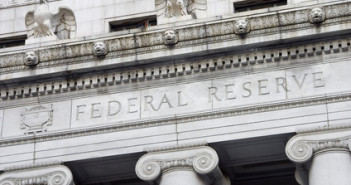The Federal Reserve is digesting the good and bad signs in the US economy in its two day meeting. What will the outcome be?
The upcoming decision is more significant than the previous one, as it consists of members’ forecasts as well as a press conference by Ben Bernanke. This will supply lots of volatility for the markets.
QE3 in June?
No QE3 Now: Some market participants are awaiting for a third round of QE for a very long time. The current economic weakness, even with more worries from the labor market, is not enough for more QE.
Adding more dollars to the markets can raise oil prices, like QE2 did. This will certainly be counterproductive to the recovery, which is fragile anyway. Deflation was one of the leading arguments for QE2, and doesn’t exist now, to say the least.
Another reason to expect no QE3 is the recent survey of Primary Dealers that expect QE3 only in June, when the next meeting is planned.
Will Bernanke use the press conference to provide such a hint? A wise question by a reporter can trigger an answer that might be interpreted as such a hint. Nevertheless, caution is needed, as this may be misinterpreted.
War or Words
Bernanke’s dovish comments in recent months aren’t necessarily a hint for QE3 but also come to contradict what hawkish members are saying.
Since January, the central bank has a conditional pledge to keep rates low until late 2014. Late 2014 is two and a half years away. The purpose of this pledge is to keep long term interest rates low, to encourage lending and investing.
With recent strength, some members have explicitly said that rates may rise before late 2014. 2013 or even late 2012 have been discussed. This undermines Bernanke’s authority and may undermine the low yields the Fed wants.
So, Bernanke’s softness and his message that everything is on the agenda, should not necessarily be interpreted as a hint towards QE.
So what will the Fed do?
The FOMC isn’t likely to introduce any policy change in the upcoming meeting. This means no QE3, and no change in the pledge.
The Fed is likely to recognize the economic weakness in the statement, and add more caution. Economic predictions might be marginally lowered.
A bigger surprise might come with the extension of the “Operation Twist” which ends in June, but there’s a higher chance that such a possible move will come only in June. An extension of the twist will likely be bullish for the dollar, as it lowers the chance for QE3.
You can see more opinions in the FXStreet poll of the FOMC.
This article is part of the special report about the EUR/USD Deadlock. You can download it by joining the newsletter in the form below, which appears on any article on Forex Crunch.
